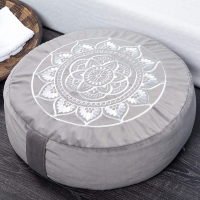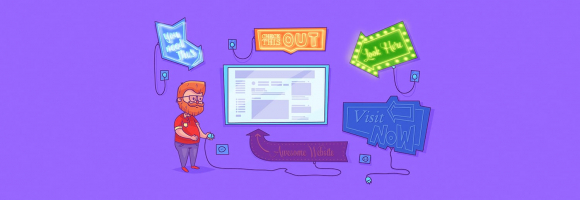Top 5 Visualization Techniques to Help You Reach Your Goals
Visualization is the ability to mentally see what you want in your life; if you can see it, you can have it. According to science, the better we picture our ... read more...desired future, the more possible it will come true. Vision permits us to feel favorable feelings associated with our future goals, which increases our motivation to achieve them. Visualization is a skill that has been used in a variety of fields (education, medical, sports, and so on). Anyone can use visualization skills and techniques to imagine success in job interviews, weight loss, vacation, or any other stressful everyday task. Here are the 5 visualization techniques to help you reach your goals.
-
If you can't see it, then it won't happen. You must see yourself triumphant in order to realize your most ambitious ambitions and dreams. You must look beyond your current situation and prior failures. Consider as many details as you can. Consider the surroundings, the people you're with, what you're wearing, and what you're hearing. Recreate any feelings that correspond to your dreams. If you include this into your everyday routine, you will be amazed at the changes in your life and astounded when your goal comes true.
This is the most basic visualization approach, and it is where most people begin. Simply visualize yourself succeeding in your life. Simply imagine yourself achieving your goal. You'll be able to extract motivation and confidence from the event as long as you have some form of the mental image.
This type of imagery can assist in countering procrastination, which is often a hindrance to our goals. As a result, make a portrait or a picture of yourself with your goal, as if it were already accomplished. For example, if you want to visit London, choose a photo or poster of the city and cut out an image of yourself to place in it.

forbes.com 
betterhelp.com -
The second one in our list of visualization techniques to help you reach your goals is to establish triggered visuals. Visual cues keep the mind in check. This is due to the fact that our brains are quite good at connecting experiences. Consider how a tiny breath of a good perfume can set off your powerful intellect and elicit a flood of emotions within you. That is how effective graphics are.
As a result, you can create detailed visualizations that prompt your subconscious mind to act on goals on a daily basis. An excellent example is when someone spends time exposing themselves to a certain sensory input, such as listening to music while visualizing something nice. That is an example of successful visualization in action.
When you need to put your plans into reality, try to reciprocate the sensory input from your chosen trigger. Then capitalize on the visualization. Engage all your senses. One tip for visualizations is to engage all your senses. Including a variety of sensory details can help you make your visualizations feel more real. This can make your visualization have a stronger effect on your mindset. For example, you can train for a powerlifting competition using a favorite playlist. Then play the same songs during the actual match to call up the visuals you rehearsed.

verywellfit.com 
soccer-training-methods.com -
Imagine a happy place is one of the most effective visualization strategies for reducing stress and anxiety. If you frequently feel overwhelmed or unable to perform when attempting to achieve something, consider creating a "happy zone" that you can visit and use to de-stress.
Before you begin your visualization, it is best if you can remove yourself from the stressful surroundings and participate in some relaxation techniques such as meditation or deep breathing. If you're quiet and concentrated, your mind will be more receptive. Bring to mind a sight that soothes and calms you once you've gone into a more relaxed mood. You can choose a natural backdrop, such as a beach or forest, or picture a relaxing location, such as a spa or temple. It should be somewhere you are familiar with and can easily associate with. Consider yourself in this location, feeling balanced and tranquil.
Rather than simply "viewing" the visuals in your mind, try to mentally transport yourself to this peaceful place and engage as many of your senses as possible. Imagine you can smell the fresh air or incense in the temple, that you can feel the rich dirt beneath your feet, that you can hear the boom of the waves or bird song, and that you can feel the cold breeze moving through your hair. The more you can immerse your senses in the scene, the more real it will appear to you and the more effective it will be in soothing you. Continue with the imagery for as long as you wish, making an effort to totally relax your body and let go of any worries.
If you're not used to picturing or meditating, you could find it difficult to concentrate. Your mind may keep returning to the situations that caused you to feel stressed in the first place, or you may find it difficult to "see" these relaxing images in your mind. Simply restore your concentration to the visualization as needed, and remember that once you've made visualization a regular practice, staying concentrated will become easy.

healthline.com 
huffpost.com -
The classic type of visualization is to create a vision board: mentally imagining a situation. Creating a vision board is one of the best visualization techniques to help you reach your goals. It's a visual depiction of your goals that includes various images and words that reflect what you're aiming to accomplish, remind you of your aims, and help you restrict your focus.
When it comes to vision boards, there are no rules because the idea is to create something that will motivate you to fulfill your aspirations and goals on a daily basis. Some vision boards focus on a single topic, but others consider the big picture of what you want the future to look like.
Mental techniques (such as visualization) can boost motivation, confidence, and even motor performance, according to Psychology Today. In fact, one study revealed that visualizing was nearly as helpful as actual practice in athletes.
Consider one or two areas of your life that you want to improve and concentrate on the words that come to mind. Then, select if you want your vision board to depict short-term or long-term transformation. After that, take out your magazines and cut out the photographs that correspond to your visual representations. Use apps on your phone, tablet, or computer to make your digital vision board look more like a physical one. Simply import your inspiration photographs and create a collage on your blank digital tools.
The good idea is to keep any words you use brief and the images you chose colorful, beautiful, and shiny, so your vision board attracts your eye on a regular basis. When you're finished, hang your vision board somewhere in your normal line of sight because the purpose is to look at it as often as possible.
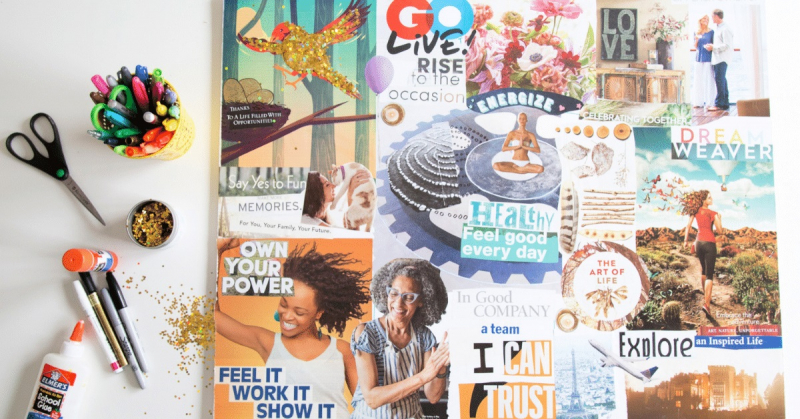
artfulparent.com 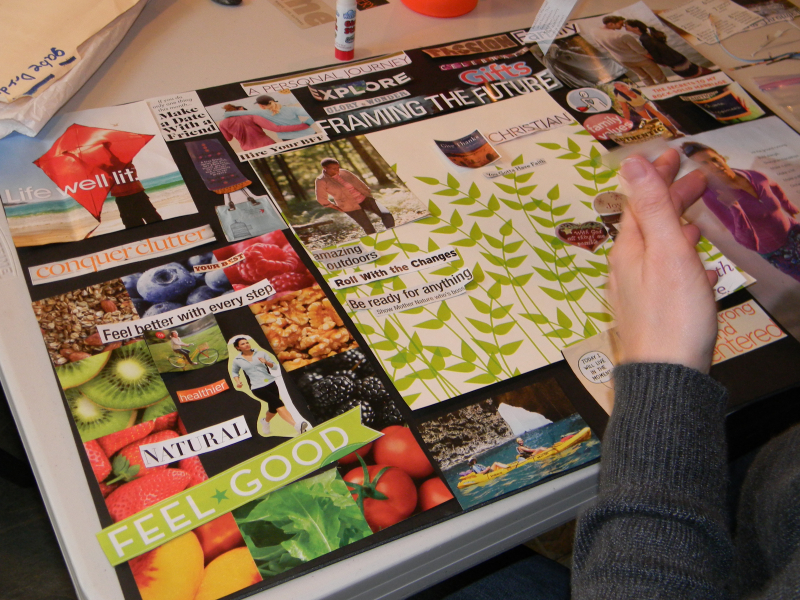
rosiemolinary.com -
Writing a journal is one of the most effective visualization techniques to help you reach your goals. Don't be scared to dream big when writing to your future self. To achieve something you've never had before, you must do something you've never done before, and right now, it may mean letting go of your limiting beliefs and swinging for the fences.Instead of editing yourself, allow yourself to incorporate all that will assist you to reach your goals. Write out your loftiest goals and minor victories, describing how they came to completion and writing as if they had really occurred.
You can visualize your future more easily when you have clarity about it. How would you describe your life and career? Encourage yourself to be open to new possibilities and to contemplate what your new story might be. Visualizing your preferred future, writing it down, and then watching your reality unfold in kind has power. Even if it doesn't go exactly as planned, you could be amazed at how much you discover about yourself in the process.
Before writing your letter, consider not just the current year but also the previous year: What came up short of your expectations? What has changed in your life? In the opposite direction, consider your triumphs. Consider occasions when you felt the most alive and fulfilled... or frustrated and uninspired. Use that information to reframe your experiences in a positive light, allowing you to go forward and visualize your desired outcomes.

inc.com 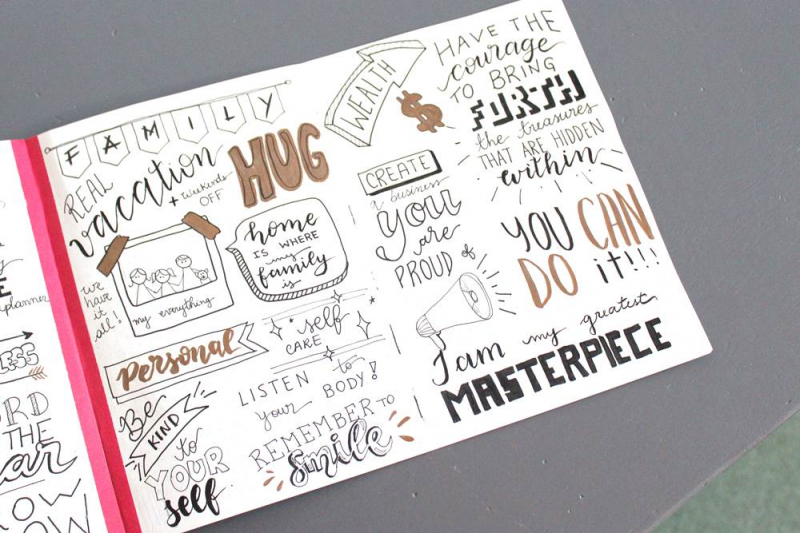
diaryofajournalplanner.com












